Essential Guide to Stud Stock Services in Cattle Breeding

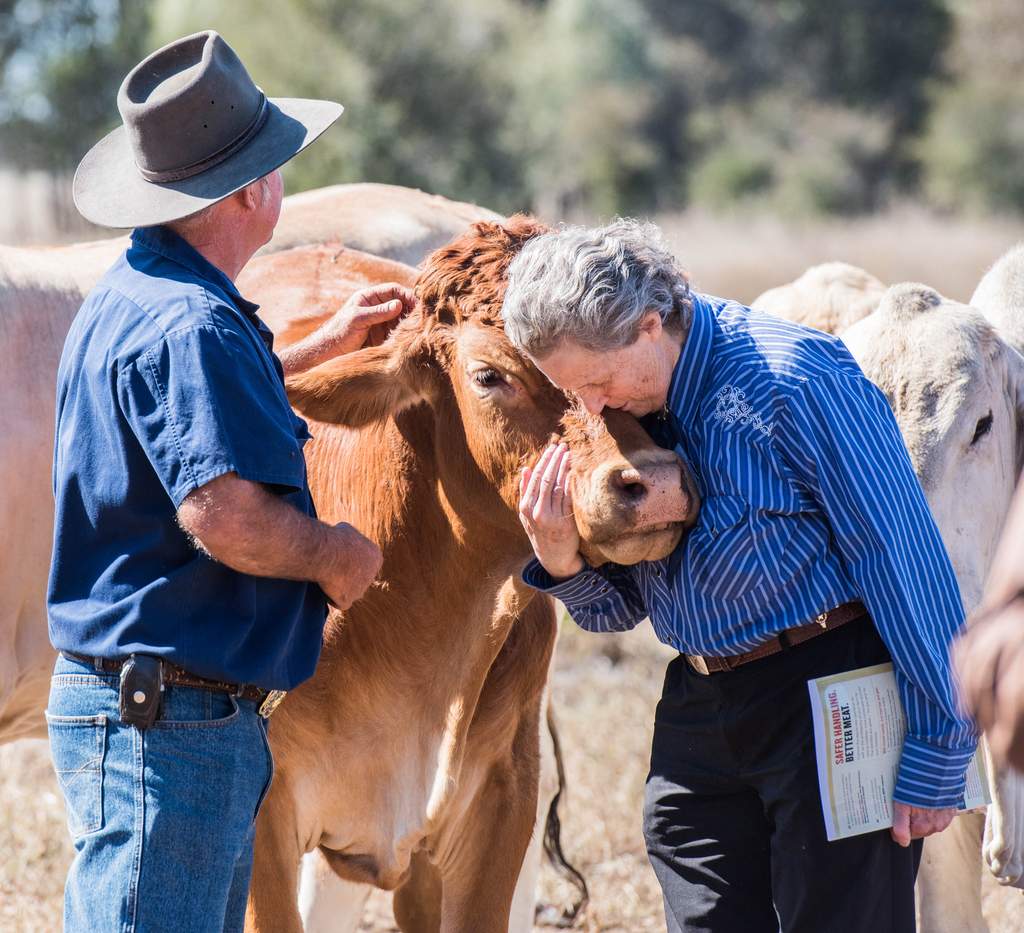
Strategic genetic improvement through professional stud stock services can boost herd profitability by over 20% within just a few generations, presenting a transformation in cattle breeding from just visual assessment into a methodical data-driven enterprise. Modern cattle operations increasingly rely on sophisticated breeding programmes that leverage genetic data, reproductive technologies, and market intelligence to maximise ROI (returns on investment).
The shift towards evidence-based breeding decisions represents a fundamental change in how successful cattle enterprises approach herd development. Professional breeding services are now being offered, which provide access to elite genetics, advanced reproductive technologies, and expert guidance that would otherwise be beyond reach for most individual operations. This comprehensive guide explores the essential components of leveraging stud stock services to achieve meaningful genetic gain, enhance operational efficiency, and secure long-term profitability in both commercial and seedstock herds.
Understanding the Foundations of Modern Cattle Breeding
Modern stud stock services rest upon three fundamental pillars: comprehensive genetic data analysis, assisted reproductive technologies, and strategic breeding programme design that aligns with market demands and environmental conditions. The integration of these components has revolutionised cattle breeding by providing measurable criteria for selection decisions that directly correlate with economic outcomes.
Professional breeding services translate complex genetic information into practical breeding strategies for clients. These services enable producers to make informed decisions that accelerate herd improvement and manage risk in volatile cattle markets. This scientific approach to breeding removes the guesswork from genetic selection, replacing subjective assessments with quantifiable metrics that predict an animal's true breeding value and its potential contribution to herd profitability.
The Power of Genetic Data: EBVs and GBVs
Estimated Breeding Values (EBVs) and Genomic Breeding Values (GBVs) represent the industry standard for predicting an animal's genetic merit. These two metrics provide you with numerical values that indicate how an individual's progeny will perform relative to breed average for specific traits.
These sophisticated analytical tools measure an array of key economic traits:
- Weaning weight
- Calving ease
- Carcass quality
- Marbling
- Eye muscle area
- Feed efficiency
- Docility

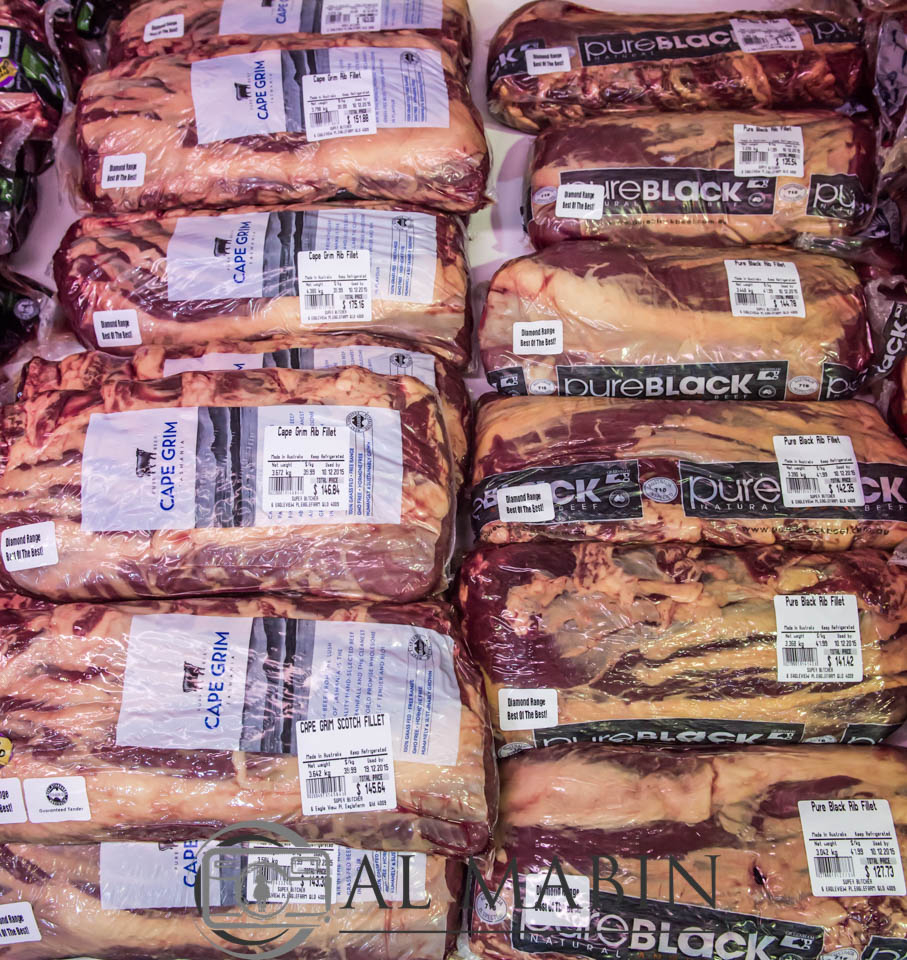
Using the recorded data above enables targeted selection that addresses market requirements or environmental challenges. The integration of genomic data through GBVs enhances prediction accuracy by incorporating DNA markers, particularly valuable for traits that are difficult to measure directly or express late in an animal's life. By leveraging this genetic data through professional stud stock services, producers can make selection decisions with confidence. They can be assured that chosen genetics will deliver predictable improvements in economically important traits, whilst avoiding detrimental genetic combinations that could compromise herd performance.
Key Reproductive Technologies: AI and ET
Artificial Insemination (AI) and Embryo Transfer (ET) form the cornerstone of modern assisted reproductive technologies. With these methods, producers are enabled to rapidly disseminate elite genetics throughout a herd, while improving operational efficiency through consolidated calving seasons and reduced bull maintenance costs.
AI technology provides access to global genetic resources, allowing producers to utilise semen from proven sires that would be financially prohibitive to purchase outright. For ET, it accelerates genetic progress by multiplying the contribution of superior females through multiple offspring per year.
These technologies, when deployed through professional breeding services, can accelerate genetic progress by up to 60% compared to natural mating systems, whilst simultaneously improving biosecurity by reducing the need for live animal introductions. The strategic implementation of AI and ET programmes for your livestock purchases, including from Farmbuy's extensive livestock listings, ensures optimal conception rates, accurate timing of breeding activities, and professional support throughout the reproductive cycle, maximising the ROI in these advanced technologies.
Key Benefits of Using Professional Breeding Services
Professional breeding services deliver quantifiable improvements in herd profitability through enhanced genetic gain, operational efficiency, and risk mitigation strategies that address common challenges facing modern cattle enterprises. Access to elite genetics through stud stock programmes directly translates to financial gains in several ways:
- Higher weaning rates
- Improved market compliance for premium programmes
- Reduced feed costs through improved efficiency
- Enhanced carcass characteristics that command price premiums
The acceleration of genetic gain through professional services can compress generational improvement timelines by leveraging proven genetics with documented performance data. Producers can potentially achieve breeding objectives up to 60% faster than traditional selection methods.
Beyond genetic improvement, these services streamline operational management through synchronised breeding programmes that consolidate calving seasons, reduce labour requirements during critical periods, and improve overall herd health through genetic selection for disease resistance and calving ease.
Investment in proven genetics through professional breeding services are proven to be a strategic business decision that mitigates market risk. This approach ensures consistent production of cattle that meet evolving market specifications, and maintains the flexibility to adjust breeding direction in response to changing market signals.
How To Choose the Right Stud Stock Partner
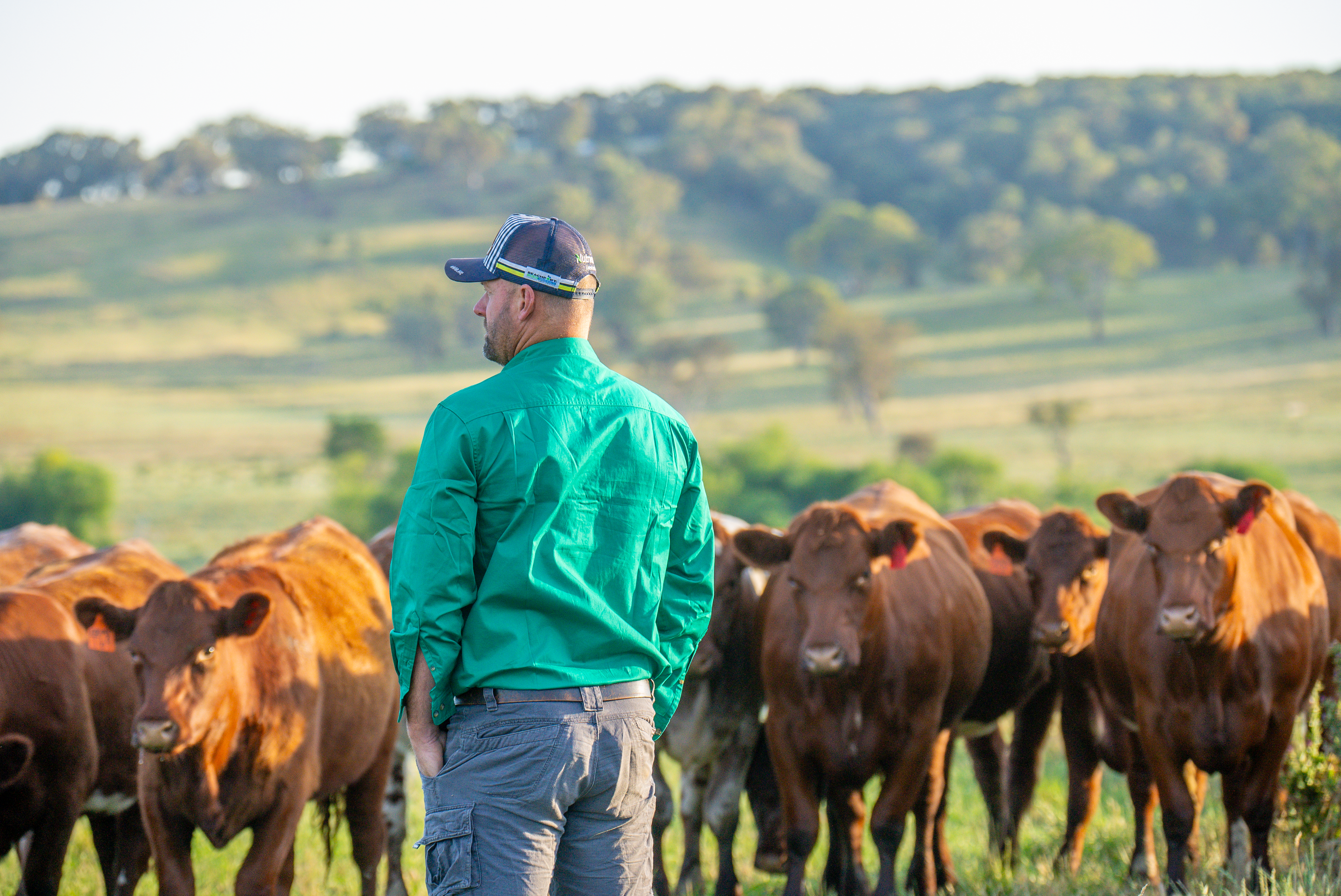
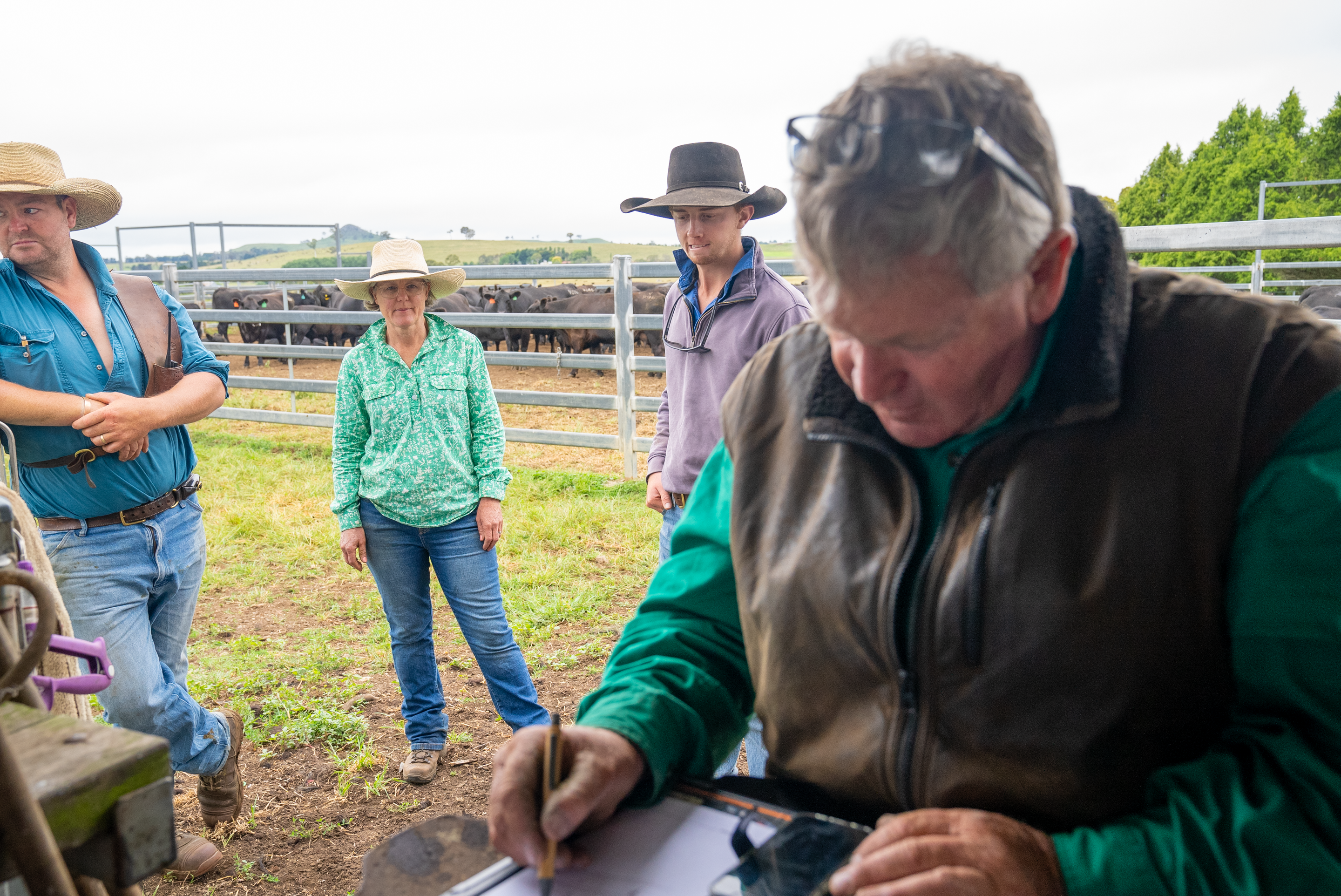
Selecting an ideal breeding service provider requires careful evaluation of genetic resources, technical expertise, support services, and alignment with breeding objectives that reflect your enterprise goals and market positioning.
The decision extends beyond simply accessing quality genetics to encompass the full spectrum of support services, including breeding programme design, genetic consultation, reproductive management, and ongoing technical assistance that ensures successful implementation of breeding strategies. Successful partnerships develop when providers demonstrate deep understanding of local conditions, market requirements, and producer objectives. The skill to translate this knowledge into customised breeding programmes that deliver measurable results is crucial.
After making a purchase on Farmbuy's livestock marketplace, make sure to connect with vetted breeding service providers who maintain comprehensive genetic databases, proven track records of client success, and commitment to ongoing support throughout the breeding cycle.
Evaluating a Provider's Genetic Pool and Reputation
Assessment of a potential provider's genetic resources should focus on the depth and quality of available bloodlines, comprehensive documentation of pedigrees and performance data, and evidence of successful outcomes in similar production systems or environmental conditions.
Reputable stud stock providers maintain extensive catalogues featuring bulls, semen, and embryos. They should also be accompanied by complete EBV/GBV profiles, progeny performance records, and genomic testing results that allow informed selection decisions. Industry reputation, verified through testimonials, case studies, and referrals from satisfied clients operating similar enterprises, provides validation of a provider's ability to deliver promised genetic improvement and support services. The evaluation process should include the examination of the provider's investment in genetic advancement through participation in breed improvement programmes, utilisation of cutting-edge reproductive technologies, and commitment to ongoing genetic evaluation that ensures access to the latest genetic innovations.
Important Questions to Ask Your Breeding Specialist
Critical inquiries when evaluating a breeding specialist should address their capacity to interpret complex genetic data into practical breeding recommendations, develop customised breeding plans aligned with specific objectives, and provide ongoing support throughout programme implementation.
Essential questions include:
- "What documented success rates do you achieve for AI and ET programmes in production systems similar to mine?"
- "How do you assist clients in interpreting genetic data to make optimal selection decisions?"
- "What support services do you provide for breeding programme design and implementation?"
- "Can you demonstrate measurable genetic gain achieved by current clients?"
- "What guarantees or performance assurances do you offer for your breeding services?"
The breeding specialist's responses should demonstrate technical expertise, practical experience, and commitment to collaborative partnership that extends beyond simple provision of genetic material to also involve comprehensive support for achieving long-term breeding objectives. Understanding the specialist's approach to challenges such as climate adaptation, market volatility, and changing consumer preferences ensures alignment with forward-thinking breeding strategies that position herds for future success.
Making Sense of Stud Stock Sales Results
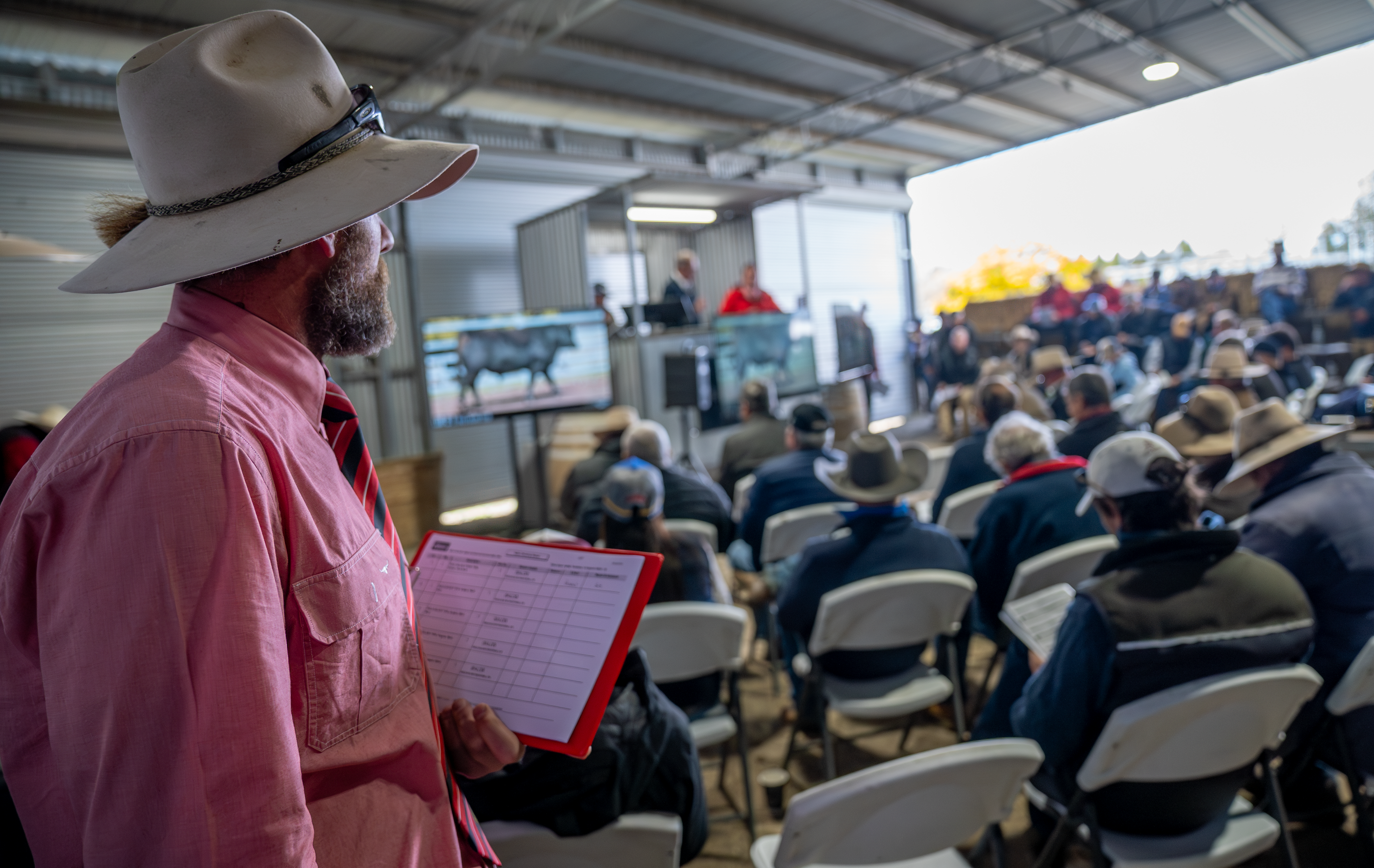
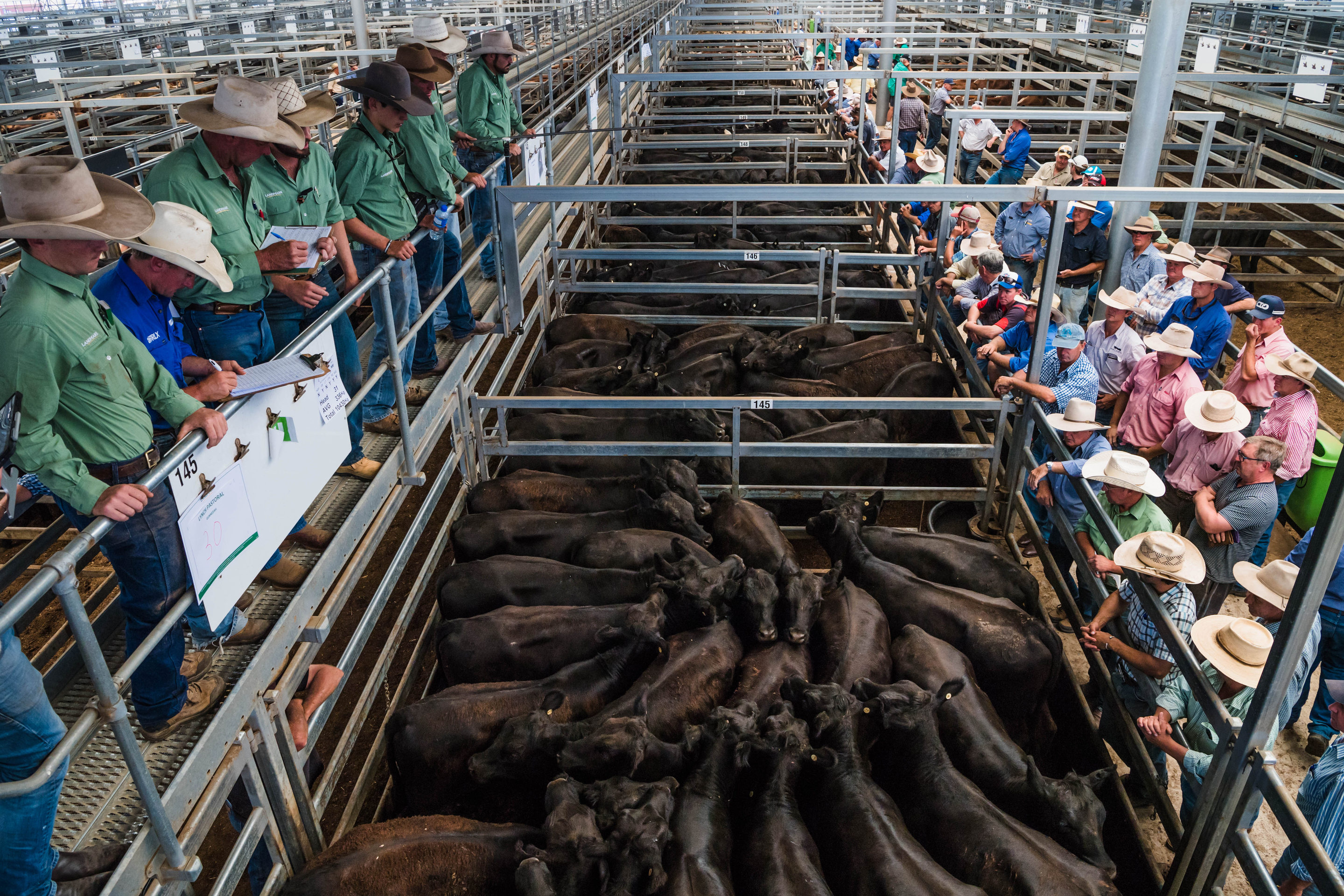
Stud stock sales results provide invaluable market intelligence that reveals which genetic traits command premium prices, emerging market trends, and strategic insights for aligning breeding programmes with commercial demand. These comprehensive reports document sale prices, buyer demographics, genetic profiles of high-selling animals, and comparative analysis that enables producers to identify genetic combinations delivering maximum market value.
Analysis of sales data reveals patterns in trait preferences across different market segments, seasonal variations in demand, and emerging opportunities for genetic differentiation, which all can inform strategic breeding decisions. Understanding these market dynamics enables producers to make informed decisions about genetic investments, timing of sales, and strategic positioning of breeding programmes to capture premium market opportunities, while avoiding oversupplied genetic profiles that may face price pressure.
Getting Started: Your Next Steps in Genetic Improvement
The transition from outdated breeding practices to data-driven genetic improvement requires systematic planning, baseline assessment, and strategic implementation of professional breeding services that align with enterprise objectives and market positioning.
Begin with a clear definition of breeding objectives, whether focused on improving carcass quality, increasing weaning weights, enhancing maternal characteristics, or addressing specific market requirements. Answering this question provides the foundation for selecting appropriate genetics and breeding strategies.
Initial steps include comprehensive analysis of current herd performance data to establish baselines for key traits. Then, identify genetic strengths and weaknesses within existing breeding stock, and conduct research into reputable stud stock service providers whose genetic resources align with identified improvement priorities.
Starting with targeted AI or ET programmes focusing on specific traits or production groups allows gradual integration of advanced breeding technologies, whilst building expertise and confidence in genetic selection processes. Continuous monitoring, measurement, and refinement of breeding strategies based on progeny performance data ensures ongoing optimisation of genetic programmes. After making your livestock purchase on Farmbuy, network with breeding specialists who provide expert guidance throughout the genetic improvement journey.
Frequently Asked Questions
What is the main difference between an EBV and a GBV?
EBVs (Estimated Breeding Values) predict genetic merit based on performance records from the animal and its relatives. On the other hand, GBVs (Genomic Breeding Values) incorporate DNA marker information to enhance prediction accuracy, particularly valuable for young animals without performance records or hard-to-measure traits.
Are professional breeding services cost-effective for smaller herds?
Professional breeding services often prove highly cost-effective for smaller operations by providing access to elite genetics without maintaining expensive herd sires. Many providers offer scaled programmes suitable for herds as small as 20-30 head.
How does Artificial Insemination improve herd safety?
AI eliminates risks associated with handling dangerous bulls, reduces disease transmission through live animal movement, and removes injuries caused by natural mating, significantly improving overall farm safety whilst maintaining breeding programmes.
What is the typical success rate for an Embryo Transfer programme?
Well-managed ET programmes typically achieve 50-70% pregnancy rates per transfer. Success is influenced by donor and recipient management, synchronisation protocols, embryo quality, and the technical expertise of service providers.
How long does it take to see genetic improvement in a herd?
Initial genetic improvements become evident within one generation (2-3 years in cattle), with cumulative gains accelerating over subsequent generations as superior genetics compound throughout the breeding programme.
What are the first steps in setting up a breeding programme?
Begin by defining clear breeding objectives, conducting baseline performance assessment of existing stock, researching market requirements, selecting appropriate service providers, and developing a structured breeding plan with measurable targets.
Can I use stud stock services with a crossbreeding programme?
Professional breeding services excel at supporting crossbreeding programmes through strategic sire selection that maximises hybrid vigour, while also maintaining desired trait combinations across multiple breed contributions.
What kind of data and records should I be keeping?
Essential records include birth dates and weights, weaning weights, yearling weights, calving ease scores, health treatments, breeding dates, sire identification, and dam performance history to support genetic evaluation.
How do I choose the best bull for my herd's specific needs?
Selection should prioritise bulls with superior EBVs/GBVs for economically important traits relevant to your market, balanced genetics avoiding extreme values, and proven performance in similar production environments.
What are the most common mistakes to avoid when starting genetic selection?
Common pitfalls include selecting for single traits without considering genetic balance, ignoring maternal characteristics in terminal programmes, inadequate record-keeping that compromises genetic evaluation, and failing to align genetic selection with market requirements.







